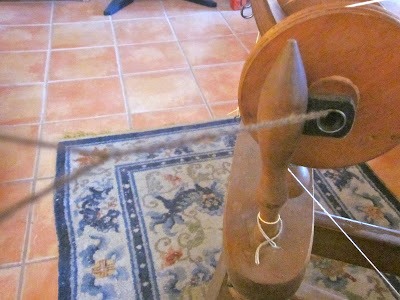I am beginning to learn that it is the sweet, simple things of life which are the real ones after all.
~Laura Ingalls Wilder
Our year was made up of simple moments and simple pleasures. We welcomed friends from far away, we became travelers ourselves, we improved our surroundings, and, perhaps most important, we got chickens.
~Mrs. Zee
*****
I learned this trick from another blogger (Nan, was it you?)--To look back on the doings of the year, just take the first lines posted at the beginning of each month. It's as good a way as any to look at the things that happened.
January
Here is just one more thing that I would like to share with you about Christmas as we experienced it in New Mexico this year. We have a wonderful blend of cultures and traditions, and I think that this video expresses the diversity and experience quite beautifully.
February
We love the idea of eating fresh, organically grown vegetables and fruits.
March
As I mentioned yesterday in the post titled Fixer, many of the more tender cacti around town have been killed off by our spell of bitter weather this winter.
April
Having finished knitting a hundred sweaters for Knit for Kids (more about that later), I've decided that a person can accomplish a hundred of almost anything.
May
There is probably a life lesson here: Wonderful, loving moments may happen too fast for us to focus on them properly.
June
Remember those cute little chicks we brought home a few weeks ago?
Chicken Coup (for spelling fans, this is about a chicken uprising, not poultry housing).
July
Happy Fourth of July!
August
A few weeks ago, I showed you this yarn, the Bodega Bay colorway of Mini Mochi, which I got from Jimmy Beans Wool.
September
A week or so ago I took a little break from blogging, ostensibly to work on some fiber projects. While I was knitting, Beez and I took a train trip across the country.
October
On our last full day in Boston, we had a lovely sidewalk breakfast at a little bookstore on Newbury Street called Trident Booksellers & Cafe.
November
Way down in southern New Mexico
In a green valley
Along the Rio Grande
There is a pecan orchard
And in the middle of that orchard
You will see a little adobe house
And a little adobe garage
And next to the adobe garage sits a little chicken house...
December
Yesterday, I showed you the "before" color in the mostly unused room at the front of our adobe house. Happy New Year, everyone!


























































